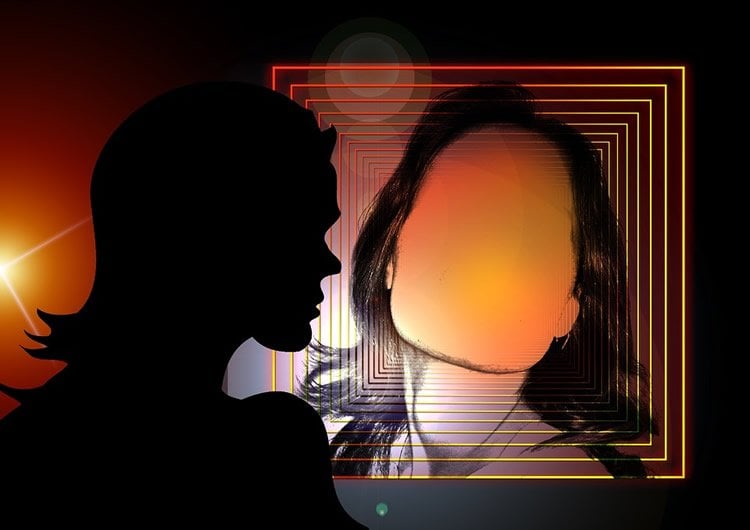Summary: Psychostimulant use in young adults is correlated with an increased risk of stroke.
Source: Wiley
An estimated 76 million people use psychostimulants, which include illicit drugs such as methamphetamine, cocaine, and 3,4-methylenedioxymethamphetamine, as well as prescription stimulants. A new Journal of Forensic Sciences study from Australia is the first to present national data of psychostimulant use in young adults who experienced a fatal stroke.
Investigators found that from 2009-2016, psychostimulant users constituted nearly a fifth of the 279 cases of fatal stroke in adults aged 15-44 years, the majority of which had evidence of consumption immediately prior to the fatal stroke.
Methamphetamine was overwhelmingly the drug implicated. The median methamphetamine concentration was similar to that reported for all methamphetamine-related deaths in Australia but less than half that of deaths attributed solely to methamphetamine toxicity. This suggests that high concentrations are not essential to cause a methamphetamine-related stroke.

Cases of haemorrhagic stroke were also documented involving other illicit and licit psychostimulants. In no cases were medications for attention deficit hyperactivity disorder identified.
“This is the first study to show the major role that psychostimulants play in causing fatal strokes amongst young adults,” said lead author Prof. Shane Darke, of the University of New South Wales, in Australia. “All of these deaths were preventable. Users of these drugs, however, appear to be largely unaware of the risk. Psychostimulant users, and those treating them, need to be aware of their elevated stroke risk, which may have devastating consequences.”
Source:
Wiley
Media Contacts:
Penny Smith – Wiley
Image Source:
The image is in the public domain.
Original Research: Closed access
Darke, S. , Duflou, J. , Kaye, S. , Farrell, M. and Lappin, J. (2019), “Psychostimulant Use and Fatal Stroke in Young Adults”. Journal of Forensic Science doi:10.1111/1556-4029.14056
Abstract
Psychostimulant Use and Fatal Stroke in Young Adults
Psychostimulant use is associated with increased stroke risk. To determine the proportion of psychostimulant users among fatal strokes in young adults (15–44 years), all cases were retrieved from the National Coronial Information System (1/1/2009–31/12/2016). A total of 279 cases were identified: hemorrhagic (259), ischemic (8), thrombotic (8), and mycotic (4). Fifty (17.9%) were identified as psychostimulant users. Psychostimulants in blood were detected in 37/45 where toxicology was available, predominantly methamphetamine (32/45). Hemorrhagic strokes in the psychostimulant group were more likely to be intraparenchymal (OR 2.33). Psychostimulant users were less likely to be obese (OR 0.31), but more likely to have a history of tobacco use (OR 2.64). No psychostimulant user had a previous stroke history, was gravid/postpartum, or diagnosed with cerebral vasculitis or endocarditis. The work illustrates the substantial role of psychostimulant use in fatal strokes among young adults. In cases of hemorrhagic stroke among young adults, psychostimulant use should be considered.






